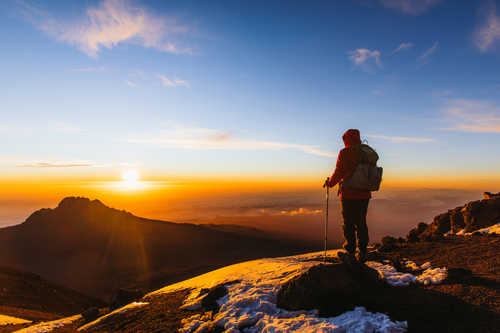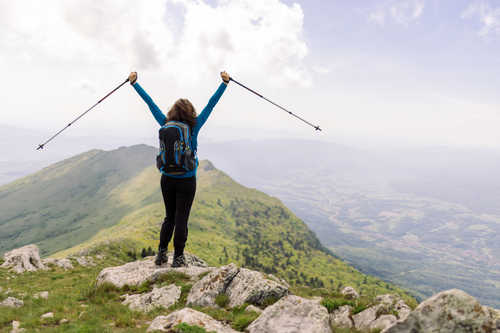
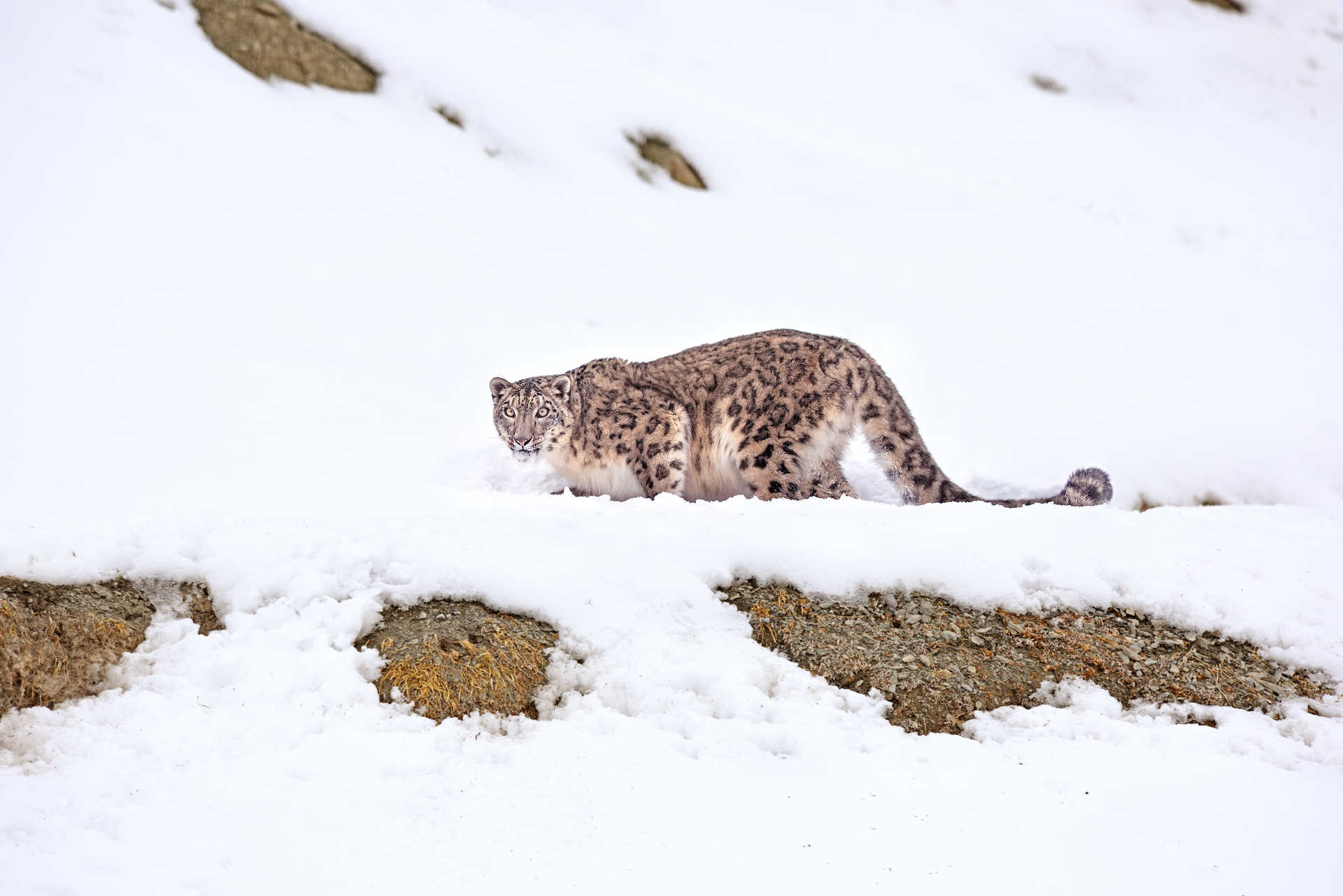
Ladakh Travel Guide
Practical information
- Language(s)
- Ladakhi
- Currency
- Indian Rupee
- Time zone
- GMT +5.5
Ladakhi history and culture
Time Zone
Languages
Ladakhi
Useful Phrases
JULLEY - HELLO, BYE
Currency
Indian Rupee
Foreign Exchange -The State Bank of India and the J&K Bank have main branches in Leh, where foreign exchange facilities are available. The State Bank of India also operates an extension counter at the Tourist Information Centre located in the Dak Bungalow Complex in Leh. There is no foreign exchange facility outside these two towns.
Credit Cards may not be accepted by most of the small hotels and restaurants. Therefore, it is advisable to carry sufficient Indian rupees in cash.
Electricity
Weather
When to go?
In the spring from April to May, the snows begin to melt and the roads leading to Ladakh from Himanchal Pradesh and the Kashmir Valley will become passable after winter. Although daytime temperatures will be a little more bearable, night time temperatures are still well below freezing. There is very few tourists at this time of year, so it is a nice time to do a cultural tour and see the many villages and monasteries before the peak season tourists arrive. For trekking and climbing, conditions are still too cold and unpredictable but some lower routes may be possible.
Safety and security
Your safety and well-being is always the number one priority at Kandoo Adventures.
We operate all our travel destinations in accordance with the UK Foreign, Commonwealth & Development Office (FCDO) advice, which publishes travel advisory notices for British nationals. We also closely follow the advice of ABTA (The Association of British Travel Agents) which provides support to UK tour operators.
In addition to this, our extensive, directly-managed operations in each of our destinations, provide us with detailed knowledge and up-to-date information, which enables us to make informed decisions and operate our trips safely.
We always recommend that you regularly check the FCDO's travel advice, in order to keep up to date about the country you are planning to visit.
If you are not a UK resident, we would recommend that you visit your government's travel advisory website for further information:
Alternatively, you may wish to seek further information from the World Health Organisation.
Lost or delayed luggage
We recommend that you wear your walking boots to travel and pack as many essential items as possible in your carry-on luggage. If your luggage is delayed we can then do our best to kit you out to start the trek on time. In the event that your luggage is delayed or lost, our procedure is as follows:
- Establish what items are missing and a contingency plan for each critical item
- If it reaches 6pm on the evening before starting the trek and your luggage has not arrived we recommend buying and/or hiring items immediately as a precaution
- We will take you to a shop where you can buy toiletry items, e.g. toothbrush. You will be able to find everything you need in Leh.
We will do everything we can to help if your luggage is lost or delayed. Be sure to check your insurance policy coverage for lost luggage cover.
Alcohol
What to wear
July to October is Monsoon season in Ladakh. Monsoons can be heavy and unexpected. Beginning in July, monsoons in Ladakh do not last long, and whatever little rainfall the area receives is generally in the form of heavy but short-lived downpours. The temperature at this point stays between 3 degrees to 17 degrees so interchangeable layers and waterproofs are a necessity.
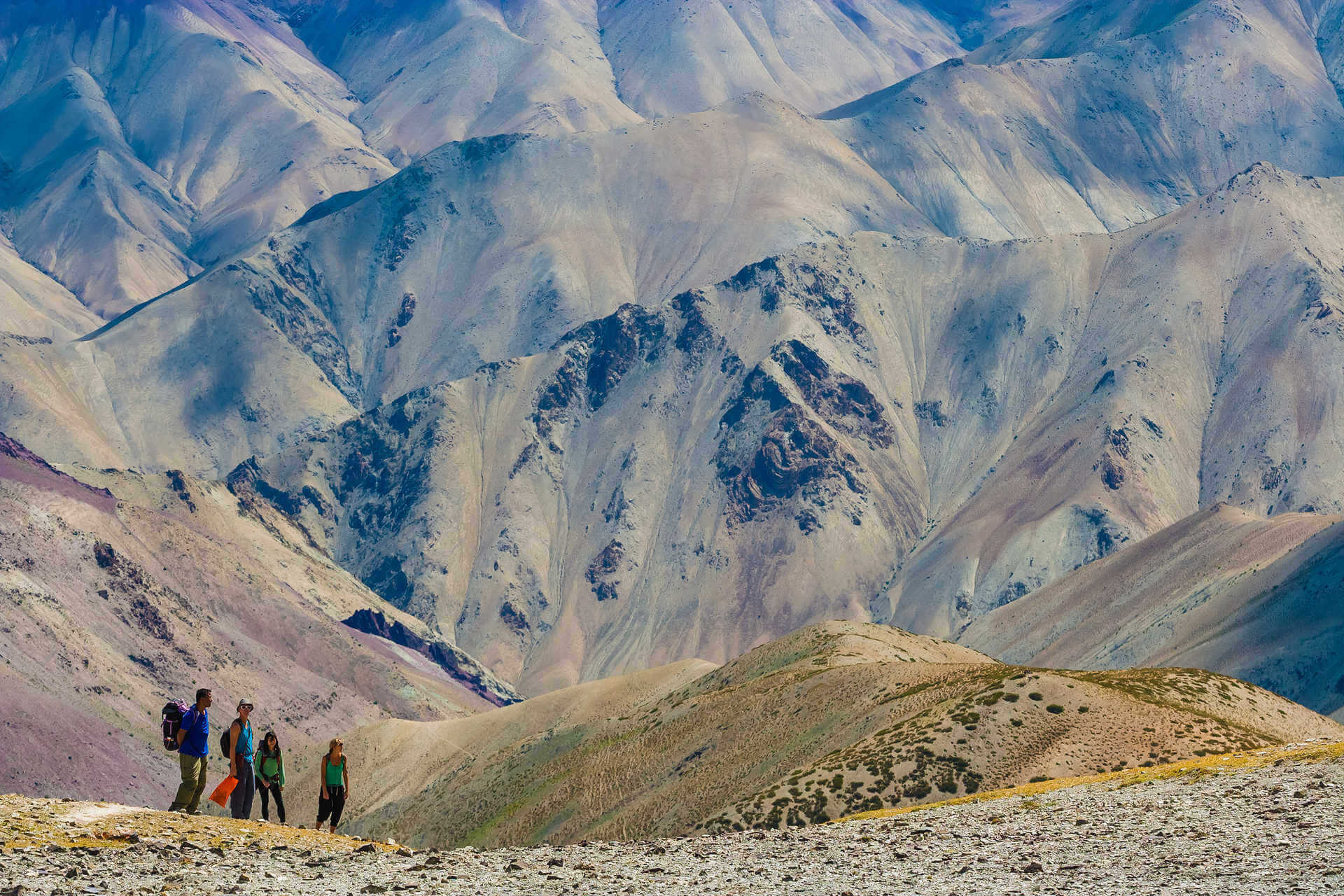
Our blog

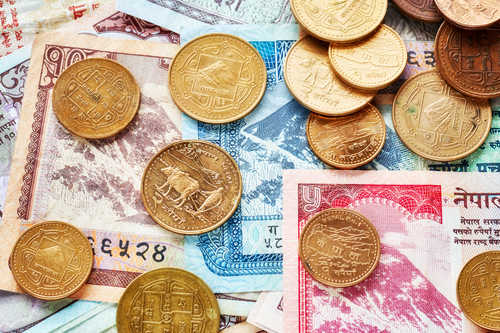
Nepal Currency - A Traveller’s Guide
